Hunter Valley balloon crash: Report released over Pokolbin flight
A report has been released into a hot air balloon crash landing in the Hunter Valley in 2018, which found the pilots decided to launch despite forecast fog and developing fog at the launch site.
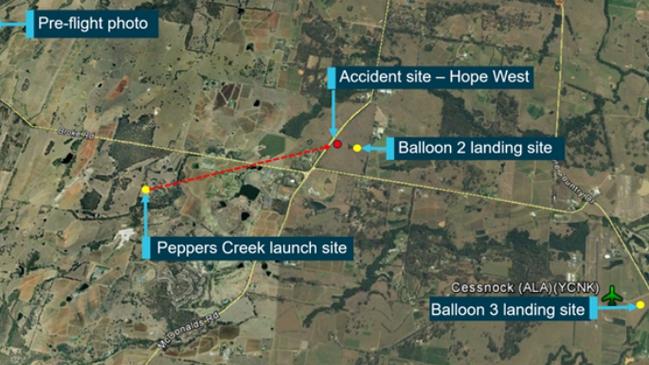
Newcastle
Don't miss out on the headlines from Newcastle. Followed categories will be added to My News.
- COVID-19 fragments detected in poo at sewerage plant
- Man caught with car boot of weed when ‘shooting up’
A report has found three pilots decided to launch a hot air balloon in the Hunter Valley, despite forecast fog and developing fog at the launch site, before it collided with trees and landed heavily, seriously injuring passengers.
The Kavanagh G-525 balloon, one of three balloons operated by International Balloon Flight Company, Balloon Aloft, launched from Peppers Creek near Pokolbin on March 30, 2018, for a planned one-hour scenic flight.
After climbing through fog to about 2000 feet (610 metres) and realising how far the fog layer extended, the pilot — along with two other pilots — decided to abort the flight and get the 24 passengers back to land.
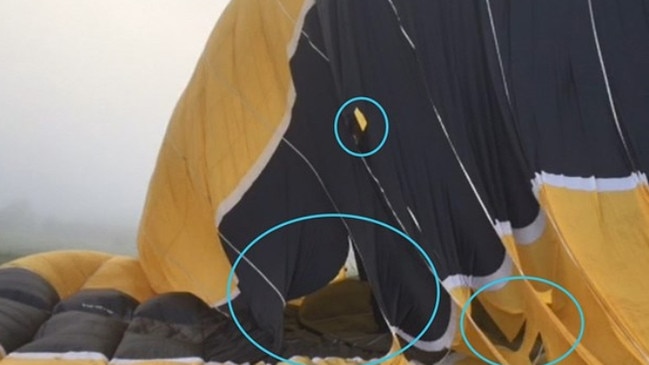
But due to poor visibility the balloon collided with trees, which caused the basket to rotate 180 degrees before it landed heavily, resulting in 16 passengers being injured, three of them seriously.
74 of the balloon’s panels required patching or repair.
An Australian Transport safety Bureau (ATSB) report found the three pilots were not aware of the extent of the fog, and on the balloon’s descent, low visibility conditions diminished the pilot’s ability to see trees in the approach path.
Combined with a 12 knot wind at the landing site, it resulted in the pilot having insufficient time to manoeuvre the balloon to climb above the trees after sighting them.
“Adequate weather planning is essential for safe ballooning operations, including to ensure that the pilot is able to see and avoid obstacles during landing,” ATSB Director Transport Safety Stuart Macleod said.
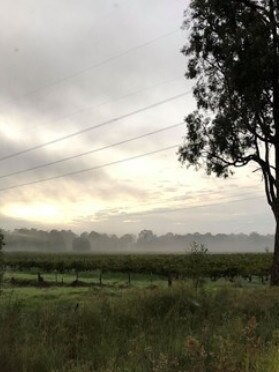
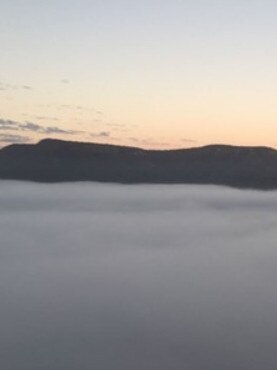
“Balloon pilots must ensure weather conditions are compatible with the limitations of balloon manoeuvrability.”
The investigation noted that the pilots’ decision to take off was permitted under a Civil Aviation Safety Authority (CASA) exemption.
“This visual flight rules exemption permits balloons to arrive and depart in foggy conditions without assurance that sufficient visibility existed to see and avoid obstacles,“ Mr Macleod said.
“The rule permitted the pilots to launch the balloons in the conditions experienced prior to the accident flight.”
As a consequence, the ATSB has issued a safety recommendation to CASA to undertake a risk assessment of the reduced visibility exemption, to determine whether it assures an adequate level of safety.
“The ATSB remains concerned that, given the climb performance/profile of balloons, the current visual meteorological criteria for operation below 500 feet above ground level does not provide assurance that sufficient visibility exists to see and avoid obstacles,” Mr Macleod added.
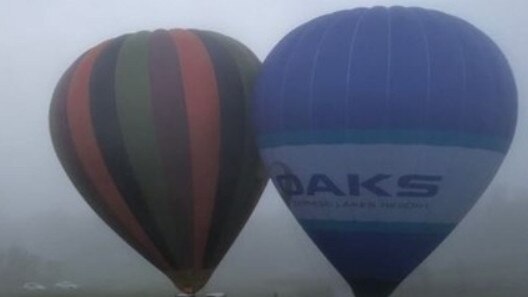
The balloon operator also amended their operations manual to include pilot actions in the event of extensive fog or low cloud forming after take-off.
Fog was also added as a local known hazard to their Hunter Valley operations.
Mr Macleod said the investigation highlighted that it is vital pilots obtain a full appreciation of the weather for the duration of the planned flight from the Bureau of Meteorology.
“Fog is fickle, and the ultimate responsibility for a pilot’s decision on whether to launch or not, rests with the pilot,” he said.
The investigation also found the pilot and ground crew did not follow the operator’s emergency procedures to not move injured passengers after the accident, increasing the risk of exacerbating their injuries.

